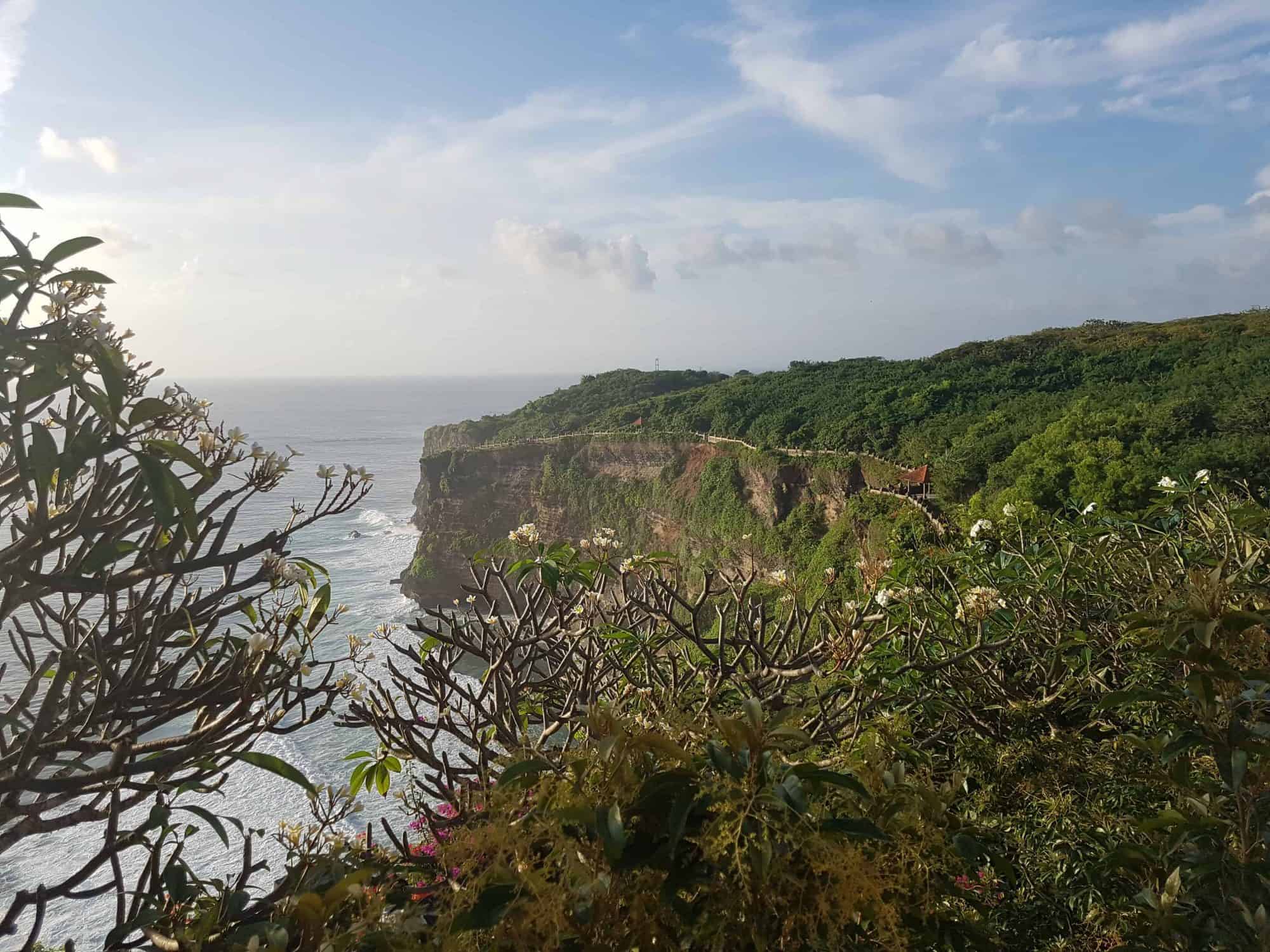Edible Cutlery Made From 100% Natural Flours.
In 2010, Narayana Peesapathy and Pradnya Keskar founded the company Bakeys in Hyderabad, India. Bakeys was the first company to produce edible cutlery. The baked utensils shaped like spoons, forks and chopsticks made of millet, rice, wheat and water. They come in various flavours varying from plain, savoury and sweet and taste like crackers. This cutlery has a shelf life of 36 months. However, they do not contain milk, additives, emulsifiers or preservatives. After use, if not consumed, the cutlery will decompose within 4 to 5 days.
Preserve Ground Water in Farming
The ingenuity of this product stems from the millet flour used. Millet contains complex carbohydrates, which do not break apart or become soggy when in contact with water or hot liquids. Furthermore, millet farming conserves water, unlike corn, rice or wheat farming. Therefore, millet is an environmentally sustainable crop which helps preserve groundwater.







